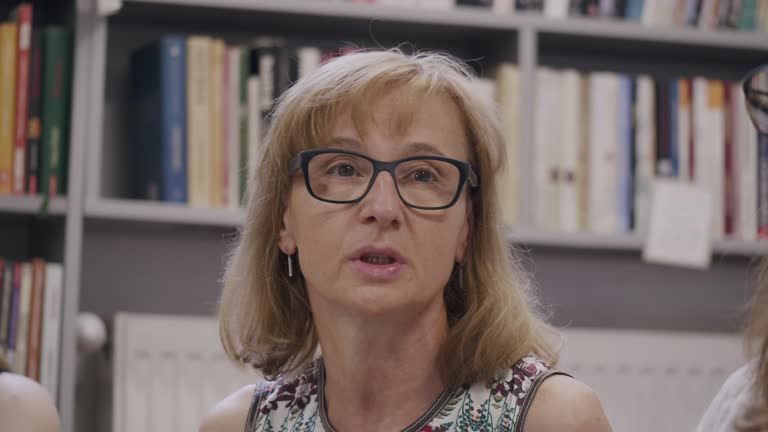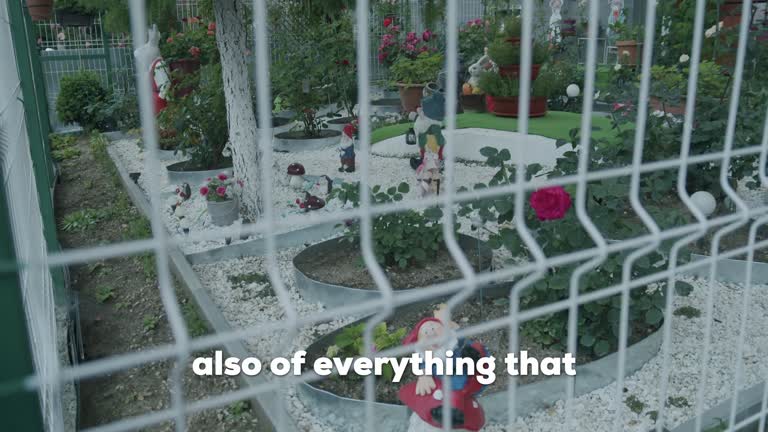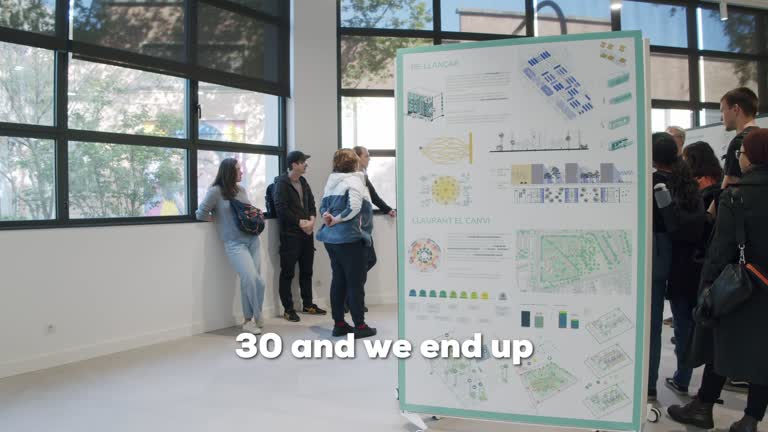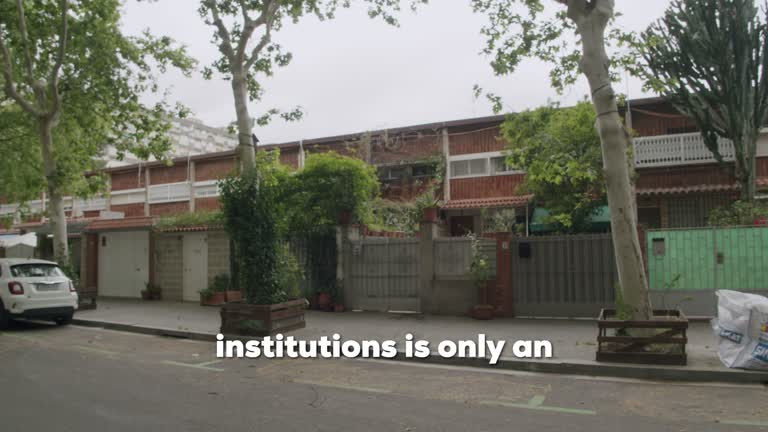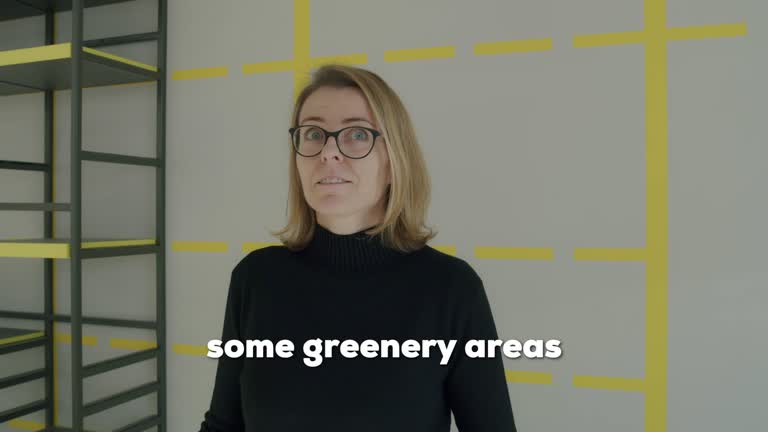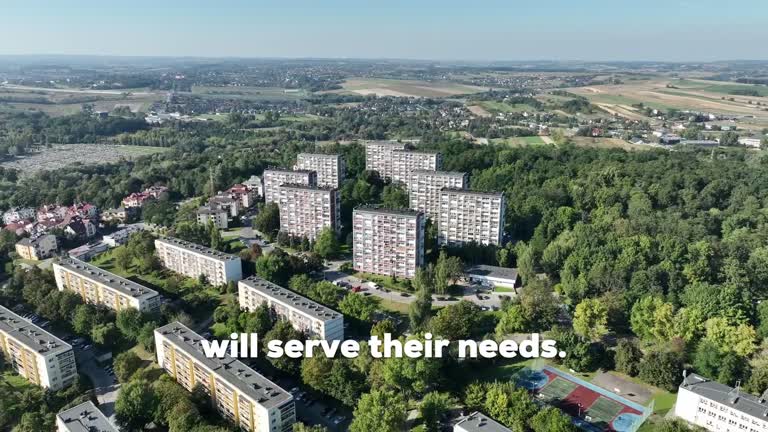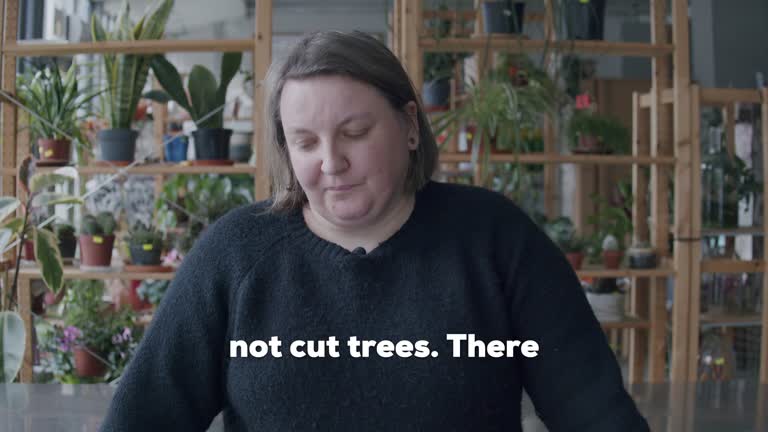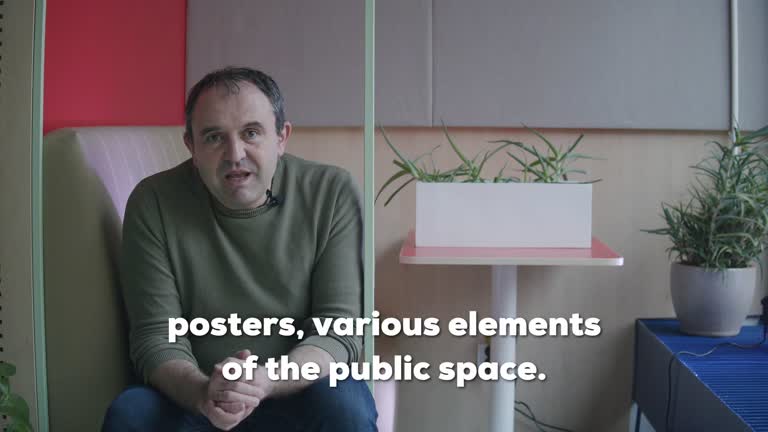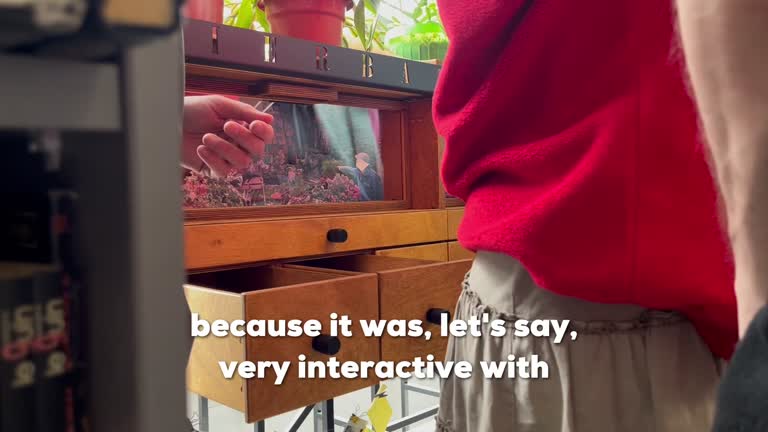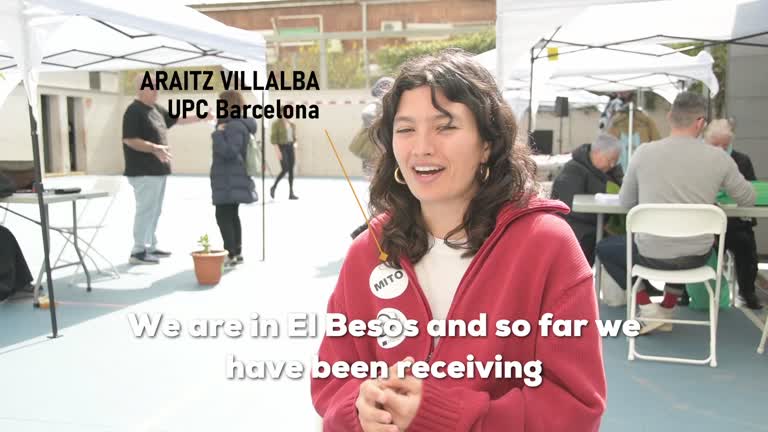PLANTADA. A Living Monument to Community, Memory and Green Resistance in Besòs i Maresme.
Accés obert
5 d’abr. 2025
12
visualitzacions
WECARE
Fundacja Instytut Architektury, Kraków Fundacja Instytut Architektury, Kraków
Adolf Sotoca
On April 5th, the courtyard of Escola Concepción Arenal in the Besòs i Maresme neighbourhood of Barcelona became the heart of a powerful act of collective imagination. Organised by MITO Collective within the framework of the WECARE project (Warding Ecosystem Commons through Action-Research Education, funded by the European Union), PLANTADA brought together neighbours, artists, activists and local entities to construct a living counter-monument—a participatory and symbolic intervention rooted in ecological care, cultural memory and neighbourhood solidarity.
Llicència: Reconocimiento-NoComercial-SinObraDerivada 3.0 España (CC BY-NC-ND 3.0 ES)
Sèrie:
ETSAV - WECARE
Vídeos de la mateixa sèrie
A Tale of Two Lakes
Accés obert
1 de juny 2024
With the process of reorganising large areas of Bucharest in the 1980s, the Dâmbovița River was systematised. Two artificial dam lakes were planned at opposite ends of the city: Lake Morii and Delta Văcărești to prevent flooding. But they became much more. This video shows part of their story.
The Library as an Engine for Social Relations
Accés obert
5 de juny 2024
The Nichita Stănescu Public Library, located in Bucharest's Crângaşi district, is one of the last remaining parts of the city's public equipment network. The public libraries in Bucharest are important resources for local communities. This video shows how they can become focal points for the neighbourhood hosting different activities and providing resources and spaces for the neighbours.
Gardening as a Resistance
Accés obert
15 de juny 2024
Green areas near residential buildings are important resources for some residents of the Crângaşi district. They serve both aesthetic and therapeutic functions for those who design them, creating a collective mosaic.
The WECARE Project
Accés obert
13 de febr. 2025
WECARE is a European Project that brings together people from Barcelona, Bucharest, and Cracow to understand the importance of environmental commons. It uses an action-research methodology that brings together neighbours, students, and researchers to discuss the issue.
Struggle for clean Air
Accés obert
13 de febr. 2025
"“In our neighbourhood, there is everything that Barcelona rejects”, explains Ramon Tur, who is part of the Coordinator of Neighborhood Entities and representative of Barri Net and Airenet. Barcelona has displaced to El Besòs i el Maresme the services, infrastructure and equipment that do not fit in the city centre. The most notable cases are the combined cycle power plant; the contamination due to the presence of asbestos left by the demolition of the old industrial fabric; and the Forum complex, where mass tourism leisure events and macro-festivals generate annoyance for the residents living around the area; plus the air pollution due to the presence of the Ronda Litoral."
Re-naturalize the tree pits to unite the community
Accés obert
25 d’abr. 2024
"The neighbourhood of el Besòs i el Maresme lacks well-maintained green spaces that could become biodiversity shelters and improve the climatic conditions. The drought suffered in the area in recent years has caused water distribution problems in both the private and public sectors, resulting in the lack of watering of trees from the streets. Some residents have started to revert this situation by “sponsoring” the tree pits they have close to home. This way, they have been taking care of them, watering and planting some smaller bushes, and building shelters for insects and little animals."
Networks of support
Accés obert
24 d’abr. 2024
"El Besòs i el Maresme is one of the most culturally diverse and socially challenged communities in Barcelona. In this context, there are different networks of people who work together to provide mutual support. From learning to read and write Spanish and Catalan to having a plate to eat every day, the neighbours organize to fulfil all the necessities of the community."
Architectural Barriers and Drought
Accés obert
17 de febr. 2025
"Looking at the age pyramid of the Zlotego Wieku housing state, it becomes clear that a significant part of the residents are old people. The peaceful and quiet neighbourhood of Mistrzejowice is surrounded by greenery. Becoming a welcoming place to retire. This greenery was a key point during the design of the place. All the people living here are aware of the wealth of these surroundings that are now threatened by the increase in car use and the need for parking places. They are coming together to defend it and ensure it remains as it is now. "
Neighbourhood Resources: Greenery and Community
Accés obert
22 de maig 2024
"The Zlotego Wieku housing state organizes its greenery in a large-scale park. Nevertheless, apart from all the trees and bushes close to the dwellings, there are also some extended green areas. One of these is the territory near the Stronghold 48: Batowice, a military construction from the end of the 19th century. Until today, the Metropolitan area of Krakow is surrounded by these military constructions, creating a green belt for the city. Nowadays, the fortification of Batowice is empty, with no use."
Active local community
Accés obert
23 de maig 2024
"The strength of the Mistrzejowice district is its well-rooted community. Residents of this estate feel bonded to it and are involved in the matters that affect them. Some social infrastructures such as the Kuznia Club are key to hosting the residents and reinforcing their organization."
The Four Seasons of the Mistrzejowice
Accés obert
12 d’abr. 2025
During the second half of 2024 and the early months of 2025, the Institute of Architecture Foundation team researched the archival materials, history press materials, and historic iconography, as well as met with still-active authors of the architectural and artistic projects completed in Mistrzejowice District and Złotego Wieku (Golden Age) Estate in particular. The team developed the data to expand the intervention plan, involving the local community and raising awareness of postwar housing and Mistrzejowice District among site residents and Kraków citizens. The final intervention consisted of a conference with Maria Chronowska, who was involved in the design of the neighbourhood together with his husband, Jerzy Chronowska. She was accompanied by Janeuz "Jutrzenka" Trzebiatowski, a painter from Krakow who created part of the furniture for the dwellings with his design studio. In 1974 he designed the monumental enameled decoration “The Phantasmagory of the Wind,” which for several decades decorated a shopping and service pavilion located at the Złotego Wieku (Golden Age) 19-20 Estate. The non-existent decoration was among the largest of this kind in Poland. The journey ended with the showcase of the artistic intervention and installation celebrating the ecodiversity of Mistrzejowice District, organised by Miastopracownia.
Ierbar de Crângaşi
Accés obert
12 d’abr. 2025
The Crângași Herbarium, a curated collection of drawings, maps, photographs, analyses, texts, and dioramas contained in a small piece of furniture located inside a public library in the Crângași neighbourhood. The herbarium presents a condensed story of the minor history of how residents live in the neighbourhood and the ways in which practices of neighbourliness and conviviality manifest in the spaces of the city. Thus, the herbarium highlights these modes of adaptation and survival in a city dominated by the paradigm of individual actions, privatization and commodification, and top-down strategies often implemented in a heavy-handed manner. The research aimed to identify neighbourhood spaces and active actors that could host and support an intervention with a strong ecological and community-oriented character. The Nichita Stănescu branch of the Bucharest Metropolitan Library, located on Calea Crângași, the neighbourhood’s main thoroughfare, was identified as one of the key community actors capable of supporting the intervention and engaging various library users in caring for a small nearby green space. Due to overlap with a city hall project to redesign the entire boulevard, it was decided to relocate the “intervention” inside the library. Although initially this seemed like a step back for the project, the relocation into the small neighbourhood library turned into an opportunity to highlight and support an important public institution for the local community. Identified during the research as one of the spatial and institutional resources that can help support the emergence of (environmental) commons in the neighbourhood, “our library,” as it is called by some of its users, was considered a suitable place to make visible the informal manifestations found in local public spaces.
PLANTADA. A Living Monument to Community, Memory and Green Resistance in Besòs i Maresme.
Accés obert
5 d’abr. 2025
On April 5th, the courtyard of Escola Concepción Arenal in the Besòs i Maresme neighbourhood of Barcelona became the heart of a powerful act of collective imagination. Organised by MITO Collective within the framework of the WECARE project (Warding Ecosystem Commons through Action-Research Education, funded by the European Union), PLANTADA brought together neighbours, artists, activists and local entities to construct a living counter-monument—a participatory and symbolic intervention rooted in ecological care, cultural memory and neighbourhood solidarity.



